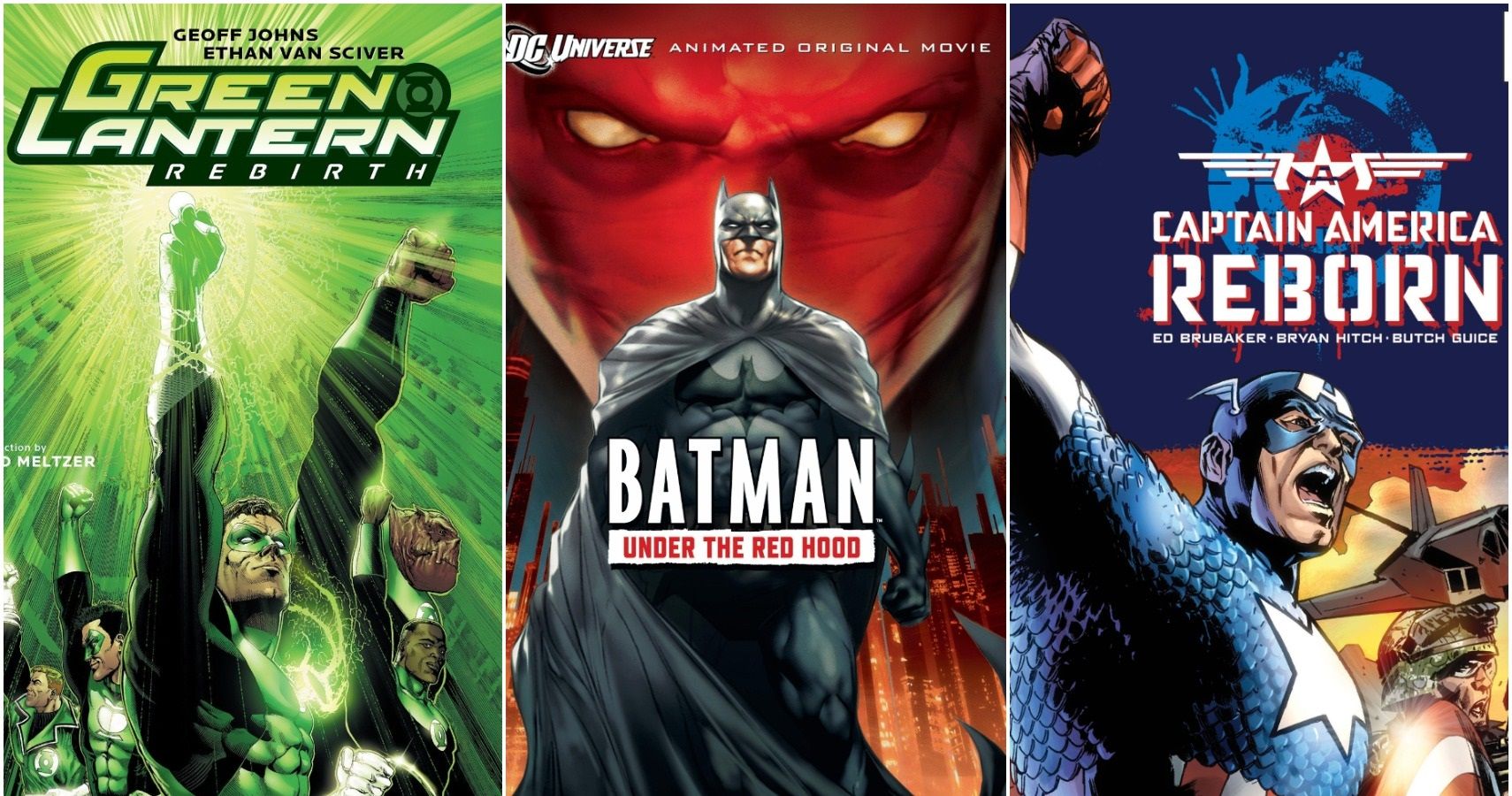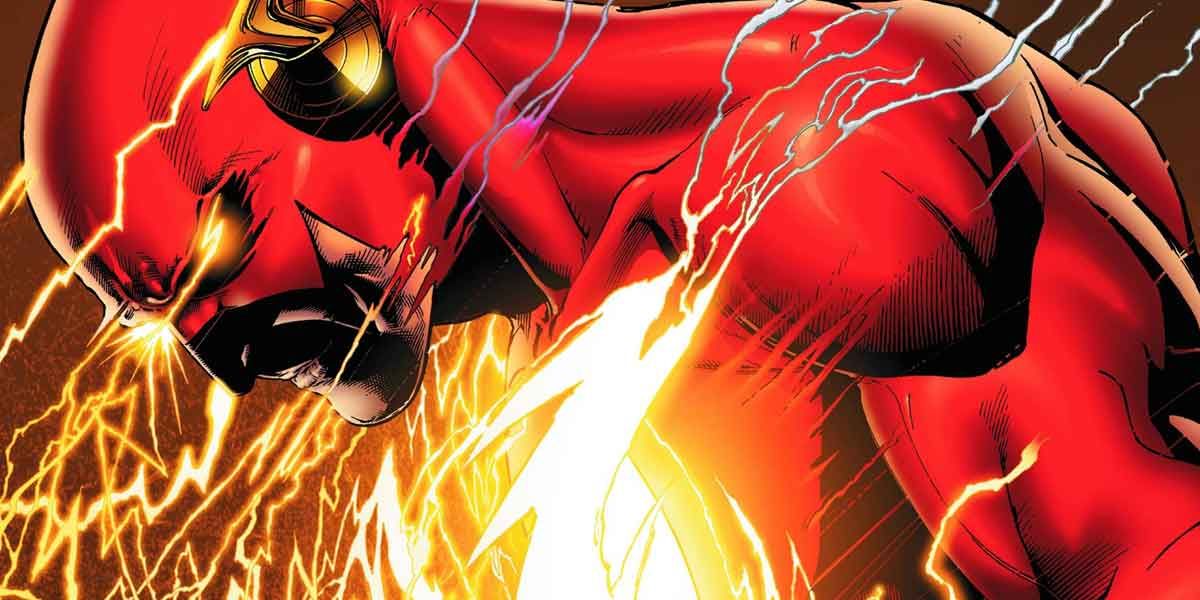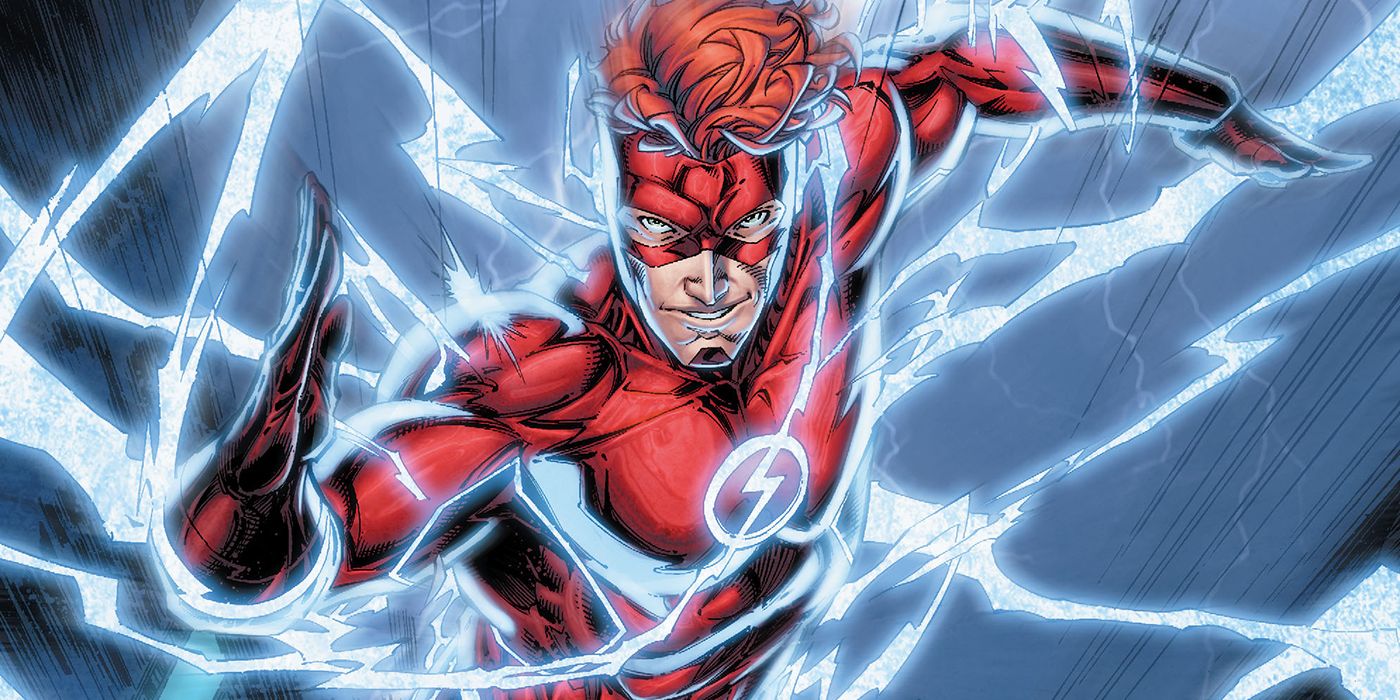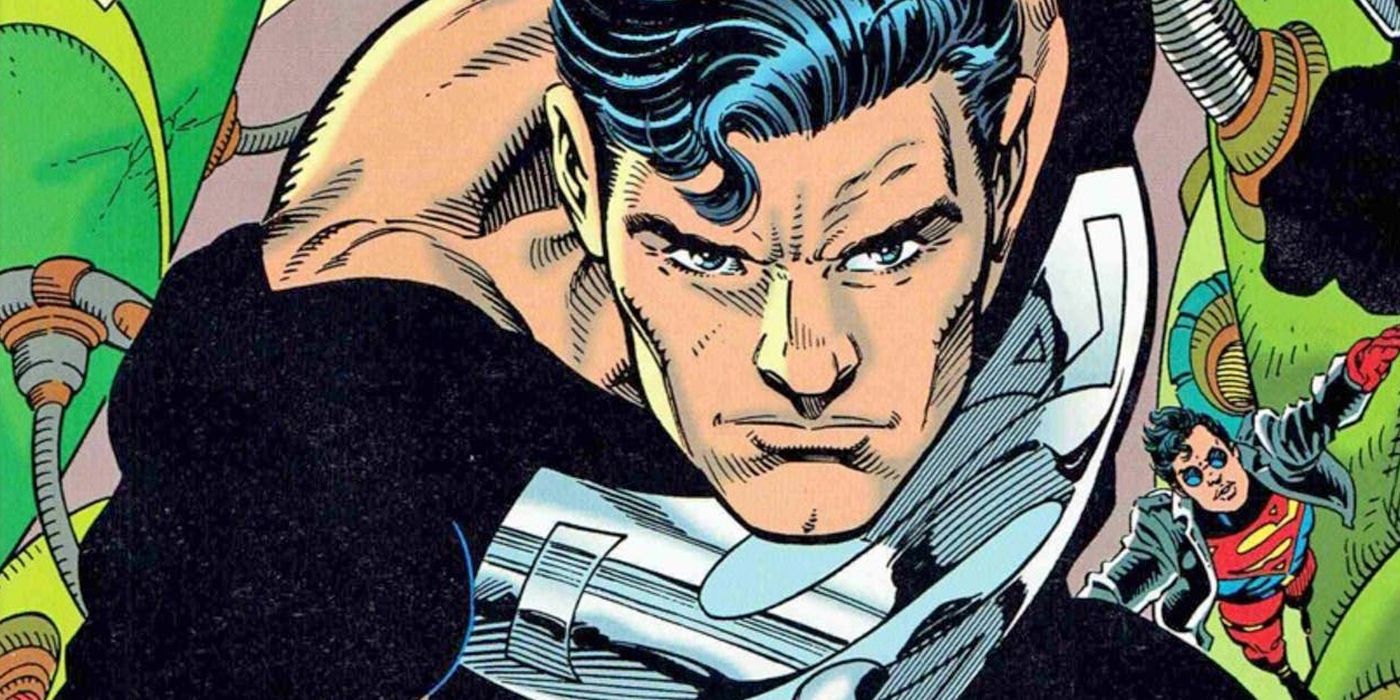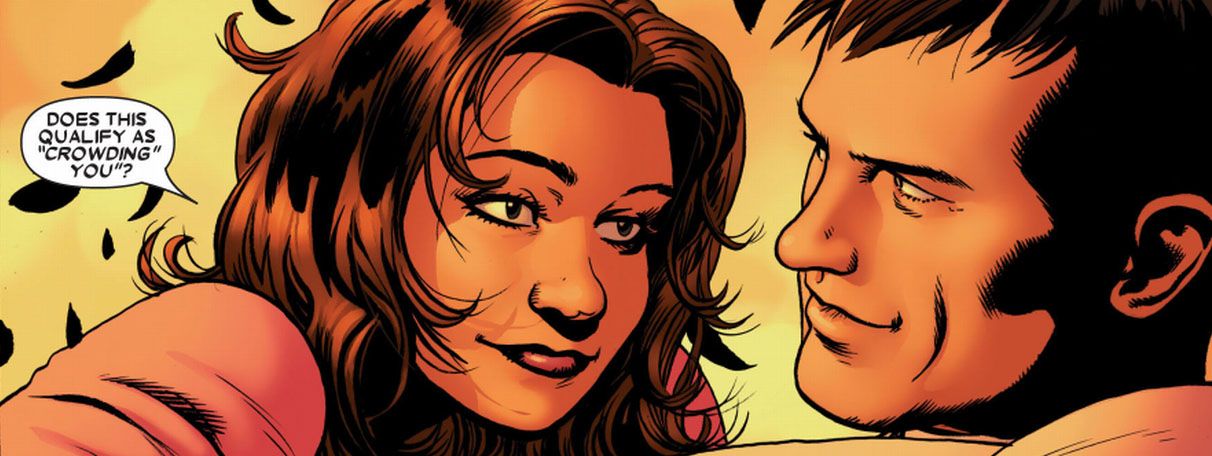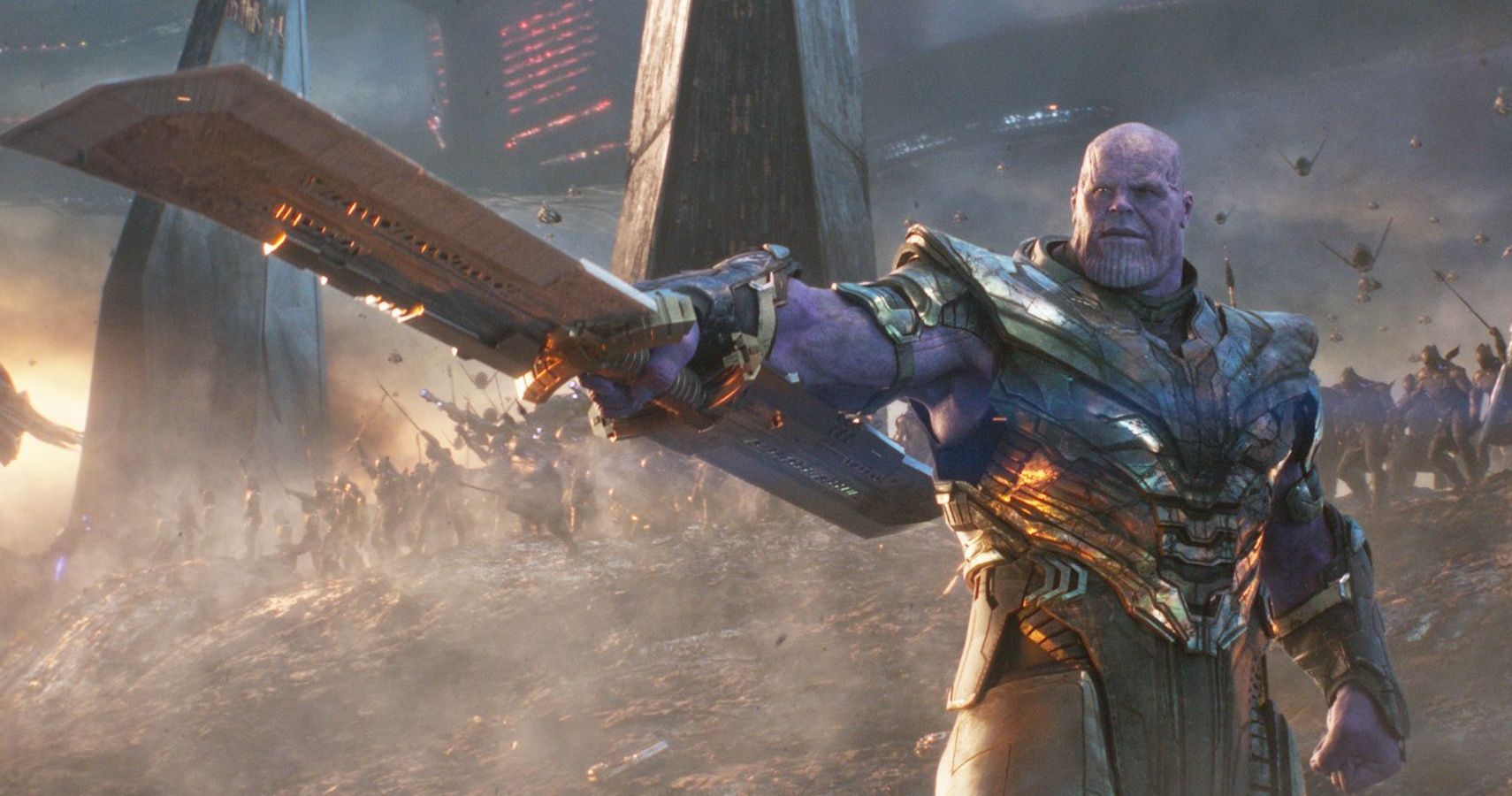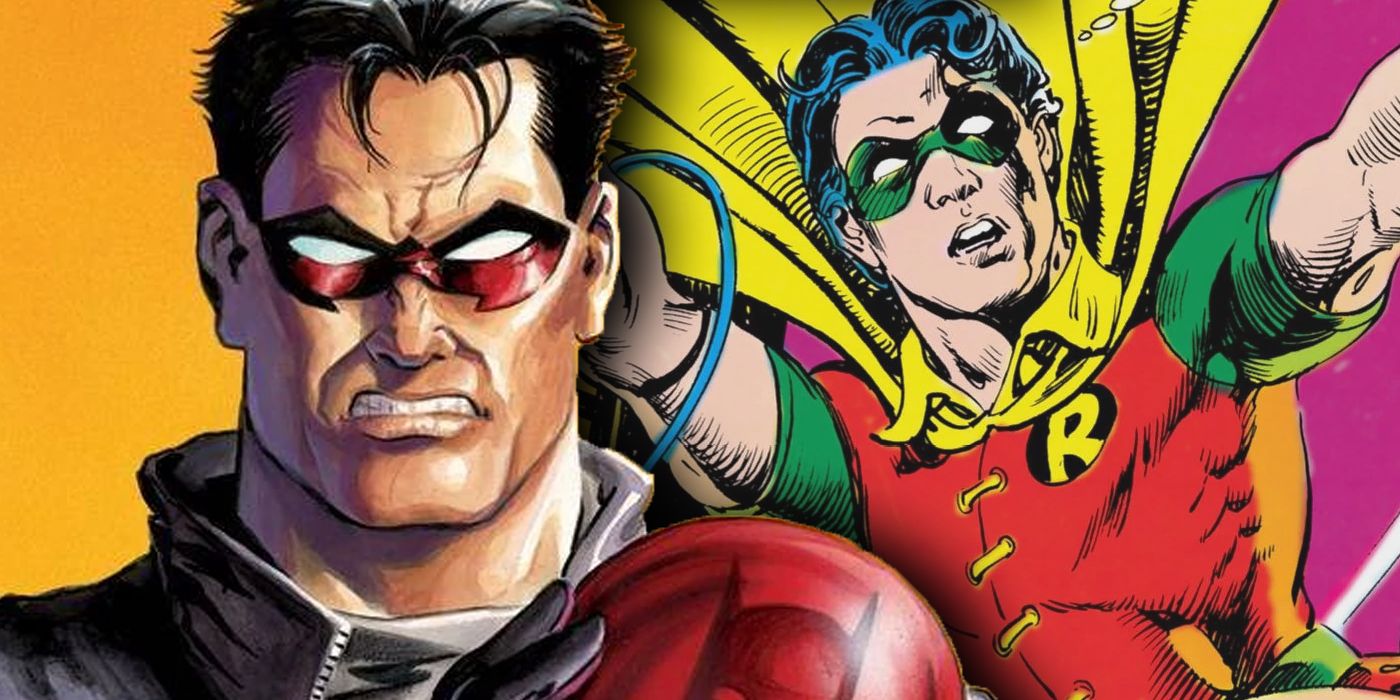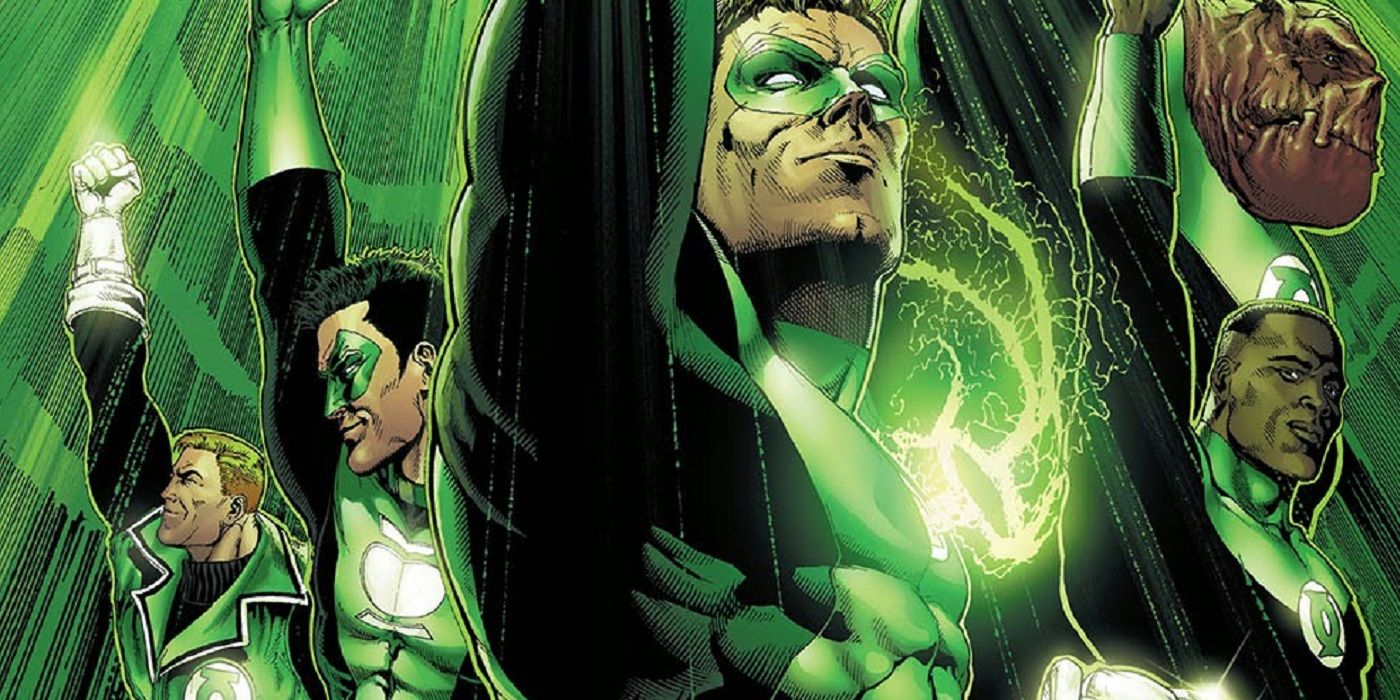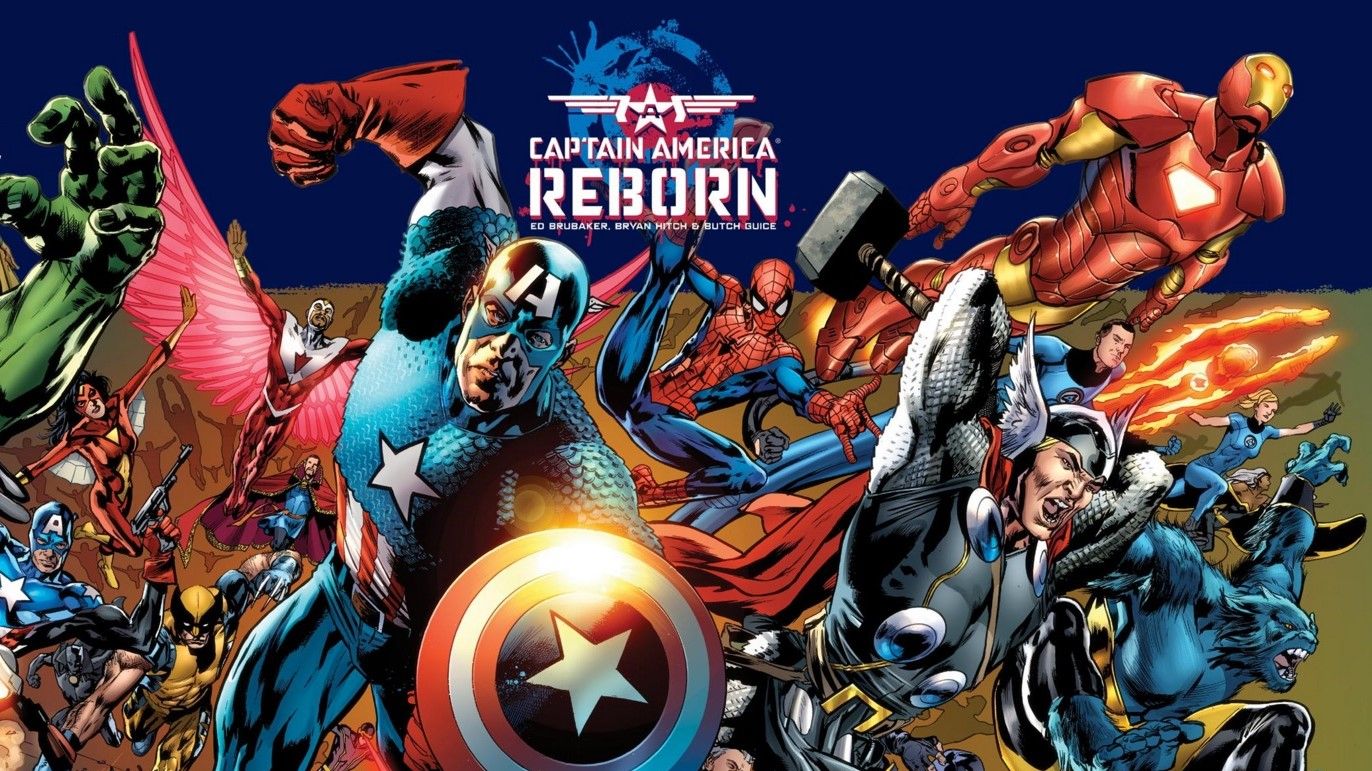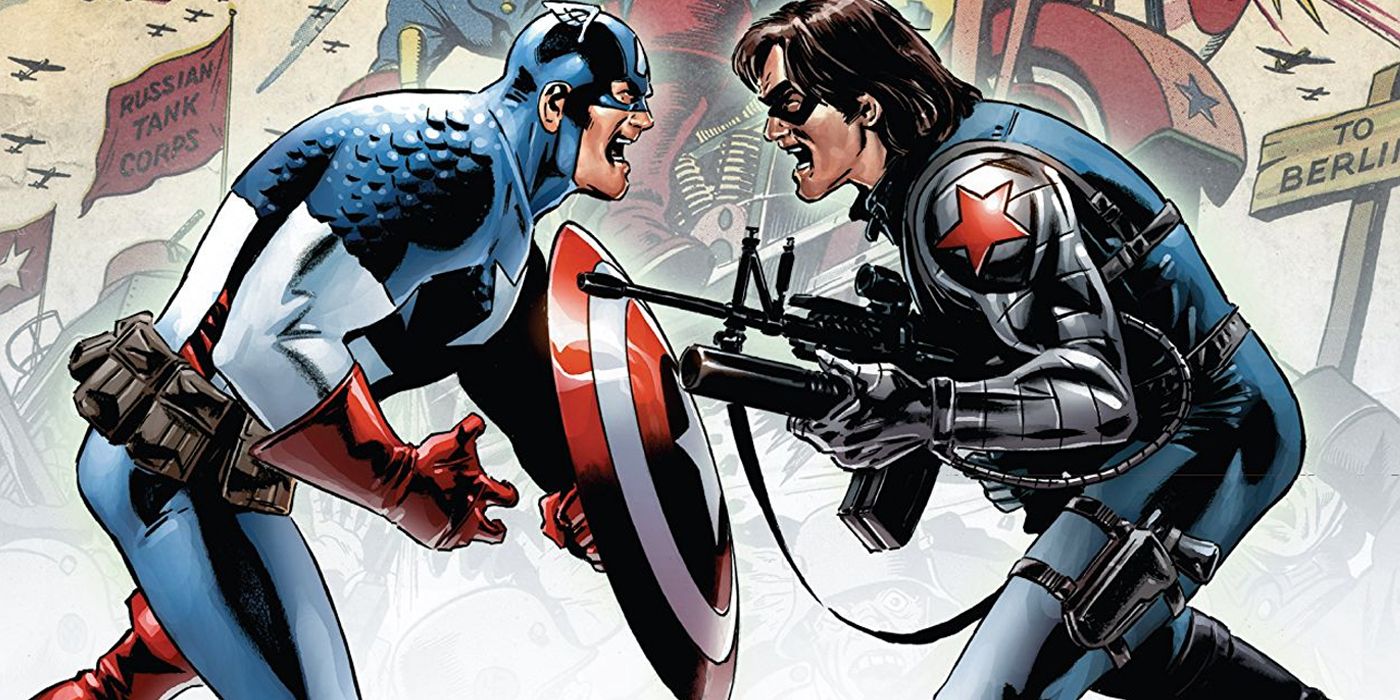One of the most common tropes in superhero storytelling is the resurrection; especially in the last few decades of comic publishing, it's practically a given that a hero will meet a heroic end, remain dead a few years, then return to life triumphantly. There's economic reasons for this trend, the deaths and returns boost publicity and sales, but it also adds a Christ-like quality to the costumed heroes.
Many resurrection stories tend to be unremarkable, owing to their modern dime-a-dozen nature, but some stand out from the rest.
10 Flash Rebirth
2009's The Flash: Rebirth saw the return of Barry Allen, the 2nd Flash who had been dead for 23 years after his famous sacrifice in Crisis On Infinite Earths. Having returned to the land of the living in Final Crisis, Rebirth sees Barry readjusting to life, both as the Flash and in general.
Plus, the series introduced the plot point that Eobard Thawne had murdered Barry's mother and framed his father for the crime when Barry was a child, which would become a major part of the Flash mythos going forward.
9 DC Rebirth #1
Barry Allen wasn't the only Flash to make a return from the seeming dead. Wally West, Barry's nephew and his one-time sidekick Kid Flash, Wally became the Flash after his uncle's death. Sidelined after Barry's return, the Wally of the New 52 retained his name and connection to Barry, but lacked the experiences that had made him into the character fans loved.
Thus, inaugural issue of DC Rebirth featured the original Wally returning from imprisonment in the Speed Force and sharing a tearful reunion with Barry, while the New 52 incarnation, now known as "Wallace," was retconned into a cousin. Wally's return signaled that, even five years after a reboot, DC wasn't prepared to completely forget their history.
8 The Return Of Superman
The Death of Superman was the event that kicked off the trend of superheroes dying, but of course, no-one expected the Last Son Of Krypton to stay dead forever. After seemingly perishing in battle against Doomsday, several new Superman, such as John Henry Irons/Steel, Connor Kent/Superboy, and the Cyborg Superman, emerge to fill the gap left by Kal-El's absence.
It's revealed in good time, however, that the original Superman wasn't truly dead, but merely in a hibernation state whilst recovering from his injuries, and he returns, wearing a new black-and-silver costume to boot.
7 Astonishing X-Men: Gifted
The opening arc of Joss Whedon/John Cassaday's Astonishing X-Men featured the X-Men at odds with one Dr. Kavita Rao and her company Benetech, who had developed a serum to suppress the X-Gene; a "cure" for mutations. Infiltrating Benetech, the X-Men find the true source of the cure; Piotr Rasputin/Colossus.
It's revealed that shortly before his "death" due to the Legacy Virus, Colossus was abducted by Benetech and swapped with a body double; it was the double who perished while Colossus' Legacy Virus afflicted DNA was used to make the cure. Fans were happy to have Piotr back, and he played a crucial role in Astonishing X-Men's climax.
6 Thanos Quest
Jim Starlin seemingly killed off his primary villainous creation, the Mad Titan Thanos, in a two-part tale fittingly titled "The Final Threat," (published in 1977, made up of Avengers Annual #7 and Marvel Two-In-One Annual #2). 13 years after his demise, Thanos returned in the Starlin-penned Silver Surfer #34, and the following mini-series Thanos Quest would featured the newly resurrected Titan preparing for his villainous master-stroke, as shown in The Infinity Gauntlet.
The latter mini-series remains one of the defining events of the Marvel universe, so much that the MCU centered around building up to it, and fans would agree it was worth undoing Thanos' demise.
5 The Return Of Bruce Wayne
During Grant Morrison's acclaimed run on Batman, he also wrote the mini-series Final Crisis, in which Batman seemingly perishes at the hands of Darkseid. While Dick Grayson trades in his Nightwing persona to take up his mentor's cowl, it was later revealed that Bruce had not perished, but instead been sent back in time to the beginning of human history.
The six-issue Return of Bruce Wayne features Bruce journeying back to his own time, stopping over in numerous different eras along the way; the opportunity to see Batman operate in various eras, from the Ice Age to the Wild West to the Age of Pirates, is the sort of Silver Age high concept storytelling that Morrison pulls off like no modern writer.
4 Under The Hood
Bruce Wayne's own return wasn't the only great resurrection in the Batman mythos. 20 years after his murder at the hands of the Joker, the 2nd Robin, Jason Todd, returned to life and adopted the old persona of his killer: the Red Hood. Setting himself up as a new power player in Gotham's criminal underworld, Jason intended to show his mentor why his code of no-killing was broken.
Judd Winick, writer of the original story, would later adapt into animated form with Batman: Under The Red Hood, widely considered even better than the source material and one of the best animated DC Comics films.
3 Green Lantern Rebirth
Here it is; the story that begun Geoff Johns' definitive run on Green Lantern and kicked off his long tenure with DC comics. In the previous story Emerald Twilight, Hal Jordan had gone insane following the destruction of his hometown Coast City, became the super-villain Parallax, and destroyed the Green Lantern Corps.
Becoming a new incarnation of the Spectre after dying, Rebirth saw Hal return to his role as Green Lantern and retconned Parallax into a "fear demon" that had merely possessed Hal, all while setting the stage for greater things to come.
2 Captain America Reborn
Ed Brubaker's run on Captain America is superlative; while fan reception of his Death Of Captain America storyline was positive, most would in turn agree that Steve Rogers' return was just as grand a story. Seemingly assassinated on the orders of the Red Skull in the wake of Civil War, Reborn reveals Steve was not killed, but "unstuck" in time, constantly flashing between different periods in his life.
The Red Skull intended to steal Steve's body for his own, and while briefly succeeding, Cap's force of will expelled the Skull and allowed him to once again defeat his old nemesis. Captain America had been reborn and was here to stay.
1 The Winter Soldier
Brubaker's Cap run had an even more shocking resurrection earlier in the run; Cap's Golden Age sidekick, Bucky Barnes, thought to have been killed since Cap's return in 1964's The Avengers #4. Brubaker's Winter Soldier storyline would reveal Bucky had in fact survived and been brainwashed into an assassin by a begrudged USSR Colonel.
The arc has defined Bucky's character and his appearances in other media since; if fans were asked if there's one character indisputably made better by a resurrection, almost all would answer Bucky Barnes.

